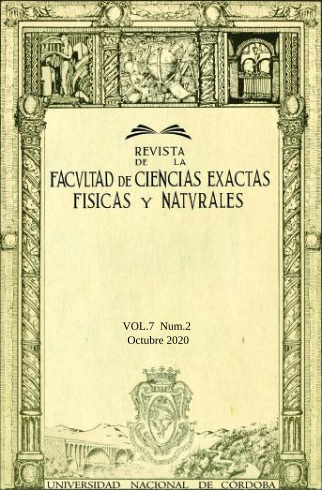Prediseño de misión espacial para desviar el asteroide Apophis de un encuentro cercano a la Tierra
Keywords:
Mecánica Orbital, Trayectorias Interplanetarias, Asteroides, Impacto, Maniobras OrbitalesAbstract
The development of mitigation strategies for asteroid impact with the Earth is essential in case the monitoring of close encounters reveals a significant threat. In this work, the different existing mitigation strategies were reviewed to apply them to the hypothetical case of the asteroid (99942) Apophis. Orbital modification options were evaluated to avoid the impact, and the efficiency of different mitigation strategies were studied regarding the amount of payload required. Additionally, orbital transfer strategies for the spacecraft flight between Earth and the asteroid were analysed, considering different geometric configurations and orbital manoeuvres. Finally, Earth's escape from a selected parking orbit was designed, and an estimated value of the launching masses involved were provided, as well as a launcher and launch base proposal to deploy the mission. Based on the results obtained, it concludes with the discussion of the real possibility of avoiding the collision of this particular asteroid in the conditions set forth, and the possibility of applying the pre-design to other cases and conditions.
Downloads
References
[1] Cooke, B. (2005), “Asteroid Apophis set for a makeover. Astronomers name the asteroid that will sweep past Earth in 2029 and suggest how Earth's gravity may alter the space rock”, Astronomy Magazine, 18 de agosto de 2005, http://www.astronomy.com/news/2005/08/asteroid-apophis-set-for-a-makeover
[2] Curtis, H.D. (2014), Orbital Mechanics for Engineering Students, Elsevier.
[3] Dearborn, D.S. (2004) “21st century steam for asteroid mitigation”. Technical Report, Lawrence Livermore National Lab (LLNL), Livermore, CA (United States).
[4] De Luca, E. (2019) Comunicación personal con geólogo profesional, egresado de la Universidad Nacional de Córdoba.
[5] Jet Propulsion Laboratory (2019). Jpl small body database browser, Octubre de 2019.
[6] Pitz, A., Kaplinger, B., Vardaxis, G., Winkler, T., y Wie, B. (2014) “Conceptual design of a hypervelocity asteroid intercept vehicle (HAIV) and its flight validation mission”. Acta Astronautica, 94(1):42–56.
[7] National Research Council (2011) “Space Studies Board Annual Report 2010”. Washington, DC: The National Academies Press. https://doi.org/10.17226/13214.
Downloads
Published
Issue
Section
License
Copyright (c) 2020 Facultad de Ciencias Exactas, Físicas y Naturales (Universidad Nacional de Córdoba)

This work is licensed under a Creative Commons Attribution 4.0 International License.
Los autores que publican en esta revista están de acuerdo con los siguientes términos:
Los autores conservan los derechos de autor y conceden a la revista el derecho de la primera publicación.
Los autores pueden establecer por separado acuerdos adicionales para la distribución no exclusiva de la versión de la obra publicada en la revista (por ejemplo, situarlo en un repositorio institucional o publicarlo en un libro), con un reconocimiento de su publicación inicial en esta revista.
Se permite y se anima a los autores a difundir sus trabajos electrónicamente (por ejemplo, en repositorios institucionales o en su propio sitio web) antes y durante el proceso de envío, ya que puede dar lugar a intercambios productivos, así como a una citación más temprana y mayor de los trabajos publicados (Véase The Effect of Open Access) (en inglés).



